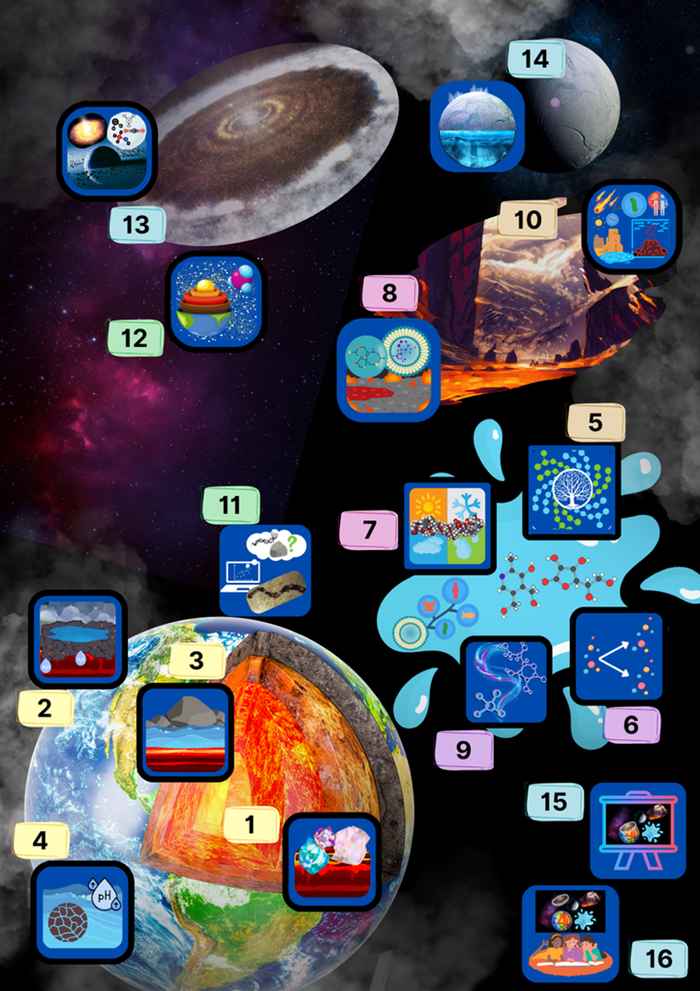PRELIFE-consortium to search for the origins of life on earth and in the universe
8 November 2024

The origin of life is one of science's greatest unsolved puzzles. Several theories exist, but there is no consensus. PRELIFE is built on an interdisciplinary approach in which astronomy, biology, earth and planetary science, computer science, physics, education science, chemistry and mathematics work together to answer the question, “How and under what conditions did life arise on Earth, and how common are these conditions in the universe?
These questions also captivate the general audience, which is why teachers, schoolchildren and the public are involved in the search for answers, through educational projects and collaborations with artists and museums.
According to consortium leader Inge Loes ten Kate, it is “unique in the Netherlands” for such a large group of interdisciplinary researchers to work on a subject that until now has only been looked at from their own discipline. For example, there is a team with a biogeochemist and a mathematician, and in another team chemists and information scientists are working together. Ten Kate: “There will also be collaboration between all 16 teams.
Our ultimate goal is to determine which of all the prevailing theories are the most plausible from these different perspectives. In this way, we hope to make a big step in answering our central research question.”
NWA
A total of nine consortia are receiving funding for research within the Research on Routes by Consortia (ORC) program line of the National Science Agenda (NWA). Each consortium will work on a project around a theme from the NWA pathways. In these projects, researchers collaborate with knowledge partners and civil society organizations.
The basis of the creation and renewal of the National Science Agenda lies with citizens.
In the NWA program, the connection of society and science is essential. Governments, researchers, civil society organizations and citizens develop and use knowledge together to achieve scientific and societal impact.And through science communication, knowledge is shared in society to increase involvement and trust in science.